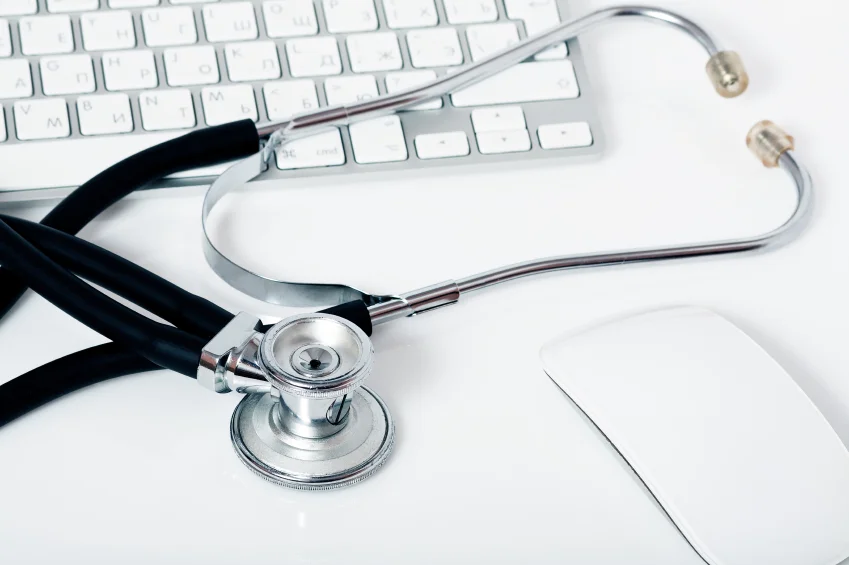Why I'm switching to yet another EMR (Electronic Medical Record) system
/Change ahead
I have been receiving many questions from colleagues as to why I am, yet again, changing EMR systems when most of my colleagues have yet to make the transition to an EMR in the first place. This makes them wonder why they would ever make the move themselves if I can’t even find one that I stick with for more than a couple of years. In this article, I try to explain why I’m changing EMRs again, and that it is not JUST that I’m a glutton for punishment!
1. Form-based EMR easy for the transition but has its limits
The EMR that I’ve been using for the past couple of years was very good but some of the features that made the transition easy for my staff, have become limitations with longterm use. This has to do with the fact that it is a form-based system. The ability to have complete control over the on-screen layout made adoption of the form-based EMR relatively painless for my staff. I talked about some of these limitations in Stop Twiddling your EMR MFC Knob in that although data entry is made easy for the current visit, a lot of extra steps are needed to access prior data for comparison to the current visit. The new EMR overcomes this shortfall by allowing access to all prior visits within the current encounter screen. If you are not sure if a small scar was present on the cornea on any prior visit, instead of several clicks to reopen each prior encounter, I will now be able to reveal then hide all prior data entered for any given field. The is not something possible with any form-based EMR.
2. The power of ancillary testing equipment integration
RS 232 Cable for connecting devices
The previous EMR would not integrate with ophthalmic diagnostic testing devices but the new one does. The importance of this feature should not be underestimated. Again this goes back to usability of the EMR. If you have to leave the EMR to launch a separate program in order to interact with your data for a patient, you are wasting time that could be better spent in examining or talking with your patient. The old EMR imported static printouts of test results but not the raw data. The new EMR can pull in the data from any ancillary testing device that has an RS-232 or USB port. For those devices that do have valuable analytical software, the new EMR will launch the appropriate viewing software to the correct patient record.
3. Prescriptions
Although it is a great resource to have every medication available at the pharmacies in the database of today’s EMRs, it is important to be able to easily access those medications you use frequently. EMR #1 allows you to create a list of favourite meds, along with your preferred dispensing details. While this can work very well, each user has to create their own favourite list instead of there being a master list for all users. You can copy one list to somebody else, but as new favourites are created, these new updates do not got to any other users. EMR #2 improves upon this system by allowing customized lists that are available to all users. You can group certain types of medications together into their appropriate category. For example, create categories for antibiotics, anti-inflammatories, and glaucoma meds with your favourite medications within each category.
Overall, after the expected challenge of making the transition, doing away with a form-based system, connection to ancillary testing equipment, and better organization of prescription meds are three key reasons why I am changing to EMR #2.

